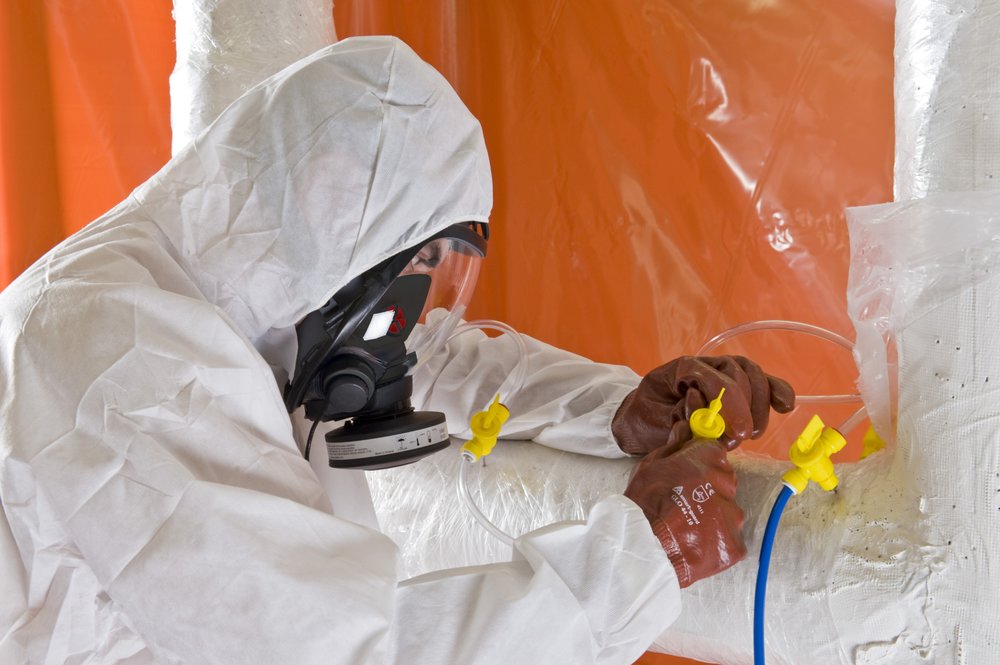www.industry-asia-pacific.com
05
'15
Written on Modified on
Quality control of particulate filters – are you fully protected when wearing a powered air respirator?
Inside Scott Safety’s factory, the latest robotic technology works round the clock to produce the highest filter quality ensuring the protection of asbestos removers. Every single particulate filter is individually analysed at the end of the production line and any failing its maximum 0.05 percent penetration level test are instantly discarded. This significant technological investment supports one of Scott Safety’s corporate pillars of ‘Zero Defects’ and ensures that rigorous quality and reproducibility is meticulously achieved. As the robots work optimally 24/7 without the need for a break, Scott Safety also delivers unrivalled turnaround in production and delivery of its filters to customers.

Used by workers in high risk asbestos removal circumstances, Powered Air Purifying Respirators (PAPR) can stop 99.95% of airborne particles, using a motor to pass air through the filter to give a supply of clean air, providing a very high level of protection to workers.
A key component of any respirator is the filter. However, did you know that in order to retain the safety certifications supplied with the PAPR once purchased, you must only use the manufacturer’s specific particulate filter tested and approved with the device? Failure to do so can leave employers and workers exposed to both legislative and safety failings.
Rigorously tested as a complete device, from the blower, battery and hose to the exhale valve and seal of the facemask or hood, particulate filters are critical to the whole system performance. PAPRs must meet the European standard for powered air filtering devices incorporating a face shield or visor (EN 12941) or a full face mask (EN12942), before making it onto the shelves. In addition the CE certification, awarded to the manufacturer for the PAPR as a complete solution, gives you confidence that the equipment has met its legal safety requirements.
As a high value consumable, which could be replaced each time the PAPR is used, particulate filters represent an on-going cost to businesses. Scott Safety is aware of this and seeks to minimise the cost of ownership of PAPRs over their entire lifetime by offering competitively priced filters.
With a vast array of particulate filters on the market, however, Scott have identified a worrying trend whereby companies are purchasing compatible alternatives and not the official filter tested with the device. Designed and engineered to work optimally as a system, Scott Safety can only guarantee the quality and highest level of protection against asbestos when the PAPR and specified filter are coupled together. You and your workers are then properly protected and will benefit from Scott Safety’s extensive technical expertise and rigorous approach to safety.
So, when it comes to the serious issue of mesothelioma, asbestosis and cancer, can you afford to take that risk on an uncertified particulate filter? Wearing the correct levels of respiratory protection really mean the safest approach to your health, .Checking the provenance of filters used in combination with your Asbestos PAPR is a prerequisite.
With a long proven tradition of understanding the needs of the asbestos market, Scott Safety has developed a range of solutions that allow users to concentrate on their work, not their equipment. The Scott Safety range of powered air respirators offers ease of use, comfort and simple decontamination.
Author: Michael Haguinet is Product Manager EMEA at Scott Safety, a proud supplier of solutions to the Asbestos industry.

